Can we go to Kailash Mansarovar from Nepal?
written on 29 Jul 2025
6
Minutes Read
For many spiritual seekers, the sacred Mount Kailash and the serene Poona Mansarovar Lake, Tibet, mark the ultimate pilgrim. Across Hindus, Buddhists, Jains, and Bonpos, it is believed that the mystical trip greatly purifies the soul. For those wondering, can one actually undertake a Kailash Mansarovar Yatra from Nepal? Historically, Nepal has served as one of the most favoured, convenient starting points for this difficult yet deeply rewarding trek!
After remaining inactive for decades due to a huge number of global and geopolitical factors, the Kailash Mansarovar has been revived for the year 2025, ushering in fresh hopes for all aspirants. However, with an ever-changing scenario of logistics, permits, and routes of travel to Kailash and Mansarovar, these prove to be exceedingly challenging to grasp. With this, the blog aims to serve as a handbook for anyone intending to undertake a trip to this divine land from Nepal.
Why Use Nepal as Your Starting Point?
Nepal provides a variety of attractive opportunities for the Kailash Mansarovar Yatra:
- Accessibility: The gateway to Nepal, Kathmandu, as a significant international gateway with direct connections to most of the nations, is readily reachable as a beginning for pilgrims around the globe.
- Existing Infrastructure: Nepal already enjoys an established tourism sector with skilled tour agencies familiar with organising Kailash Mansarovar Yatras. Such complex permit and visa requirements are streamlined by such agencies.
- Cultural Experience: Starting from Nepal allows for an additional cultural immersion, particularly in Kathmandu, which is rich in ancient temples and spiritual sites.
- Route Diversity: Nepal provides diversity of routes, to suit all tastes for staying capacity, travel style, as well as budget.
Ways to reach Kailash Mansarovar from Nepal
Most typically, there are two principal means to reach Kailash Mansarovar from Nepal:
1. The Overland Connection through Kerung (Rasuwagadhi) or Kodari
This is typically the most traditional as well as most inexpensive.
- Journey: The trip will generally start with a road journey to Rasuwagadhi (Kerung), Nepal-Tibet border, from Kathmandu. The new boundary at Kodari has been re-opened as a new arrival/departure point, with additional flexibility.
- Acclimatisation: Acclimatisation breaks are typically taken upon arrival into Tibet at locations such as Saga and Gyirong (Kyirong) to allow pilgrims to acclimatise to higher elevations. This particularly useful to avoid altitude illness.
- Travel to Tibet: The road journey proceeds further from such towns by jeep/bus to Lake Mansarovar and then to Darchen, Mount Kailash Parikrama base (circumambulation).
- Duration: The trip will take around 10-16 days.
- Advantages: Overall less expensive, allows for a gradual process of acclimatisation, and facilitates for an overland scenery journey.
- Cons: Physically demanding as one will need to endure long drives and unpaved roads.
2. Helicopter-Assisted Route (via Nepalgunj/Simikot/Hilsa)
Shorter and less strenuous trail best suited to those who are time-constrained to hike or those who are sick.
- Journey: Pilgrims are flown by air to Nepalgunj and then to Simikot (a remote town of Nepal). From Simikot, the visitors are taken by helicopter to Hilsa, near the Nepal-Tibet border. Upon entering the Nepal-Tibet border, passengers are road-trucked to Purang (Taklakot) and then to Mansarovar Lake and Darchen.
- Time: It often cuts quite a bit from the time taken and usually takes in the range of 9-12 days.
- Pros: It is much faster, less strenuous trekking, and holds gorgeous views from up in the air of the Himalayas.
- Cons: Fairly expensive as compared to the land route and heavily liable to weather conditions for helicopter flights.
3. Kathmandu-Lhasa-Kailash Route
This is by far the most rarely used option if just complete Kailash; from here, one can explore a bit of Tibet.
- Journey: The options entail a flight to Kathmandu and then Lhasa, Tibet, with an overland journey to Mount Kailash from Lhasa, usually sightseeing on the way at Lhasa and some other important Tibetan towns.
- Pros: Offer a richer cultural experience in Tibet with sightseeing at such cultural sites as the Potala Palace.
- Cons: Typically longer and typically higher costing.
Visa and permission requirements
Perhaps the most challenging thing about Kailash Mansarovar is getting through the maze of bureaucracy. Independent travellers going to Kailash Mansarovar are not permitted by either the Chinese or the Tibetans. All pilgrims must travel to satisfy a government-approved group tour put together by licensed operators.
The key document requirements are as follows:
- Chinese Group Visa: Necessary for all those who are entering into Tibet from Nepal. The Chinese Group Visa is a special-group visa (not stamped within your own passport) that will be arranged by your tour agency through the Chinese Embassy at Kathmandu. They do not give individual visas.
- Tibet Travel Permit (TTP): The Tibet Tourism Bureau issues this permit, without which one will not be able to enter Tibet. The tour agency will arrange this for you.
- Alien's Travel Permit (ATP): Needed to venture past Lhasa to closed-off sites like Mount Kailash and Lake Mansarovar. Your tour operator will arrange this also.
- Military Permit: As Kailash is located near sensitive border areas, a military permit is also required and facilitated by your tour operator.
Point to Note: The license process can take weeks, thus advance reservations up to at least 1-2 months prior to arrival are strongly advised.
Cost and Tour Operators
Cost of Kailash Mansarovar Yatra to/ from Nepal may hugely change with route to be taken, season, comfort, and agency to be taken under account by an individual.
- Land trips are priced between around USD 2,200 to around USD 3,000 per person.
- Helicopter-assisted expeditions are normally costly, costing between USD 2,800 to USD 4,400 per person to and above that, dependent upon inclusions and party size.
It is very important to select a reliable and experienced tour operator who is based in Nepal. Seek out operators who have:
- Track record of success and positive reviews.
- Appropriate licensing on both Nepalese and Chinese sides.
- Inclusive packages that include all required permits, visas, transport, accommodation, feeding, competent guides, as well as backup for emergencies (like oxygen cylinders).
Clear terms and conditions of inclusion and exclusion.
Basic Preparations
Aside from logistic and economic challenges, survival at the Kailash Mansarovar Yatra requires serious individual preparation:
- Physical Fitness: Treks, particularly circumambulation around Mount Kailash, are at high elevations. Physical exercises such as cardio and walks are need to develop stamina.
- Medical Check-up: The pilgrims must undergo a proper medical check-up. Pilgrims above 60 years may need to undergo additional screening tests. A licensed physician issues a medical fitness certificate that is generally required.
- Awareness on Altitude Sickness: Know the Acute Mountain Sickness (AMS) symptoms and methods of prevention, namely proper acclimatisation, hydration, and carrying needed medicines.
- Packing: Carry enough warm clothes, good trekking shoes, quality sleeping bags (for brief durations), and personal toilet articles, first-aid kit, and altitude medicine.
- Travel Insurance: A complete travel insurance that covers high-altitude trekking and helicopter evacuation to and inclusive of hospital is mandatory.
Conclusion
Going on the Kailash Mansarovar Yatra from Nepal is an amazing trip that changes your life forever. The spiritual benefits are enormous, but it has to be well planned and the pilgrims have to be tough. An understanding of the routes, permits, costs, and preparations is all that it takes to make this safe, a smooth experience, and fully rewarding spiritually.
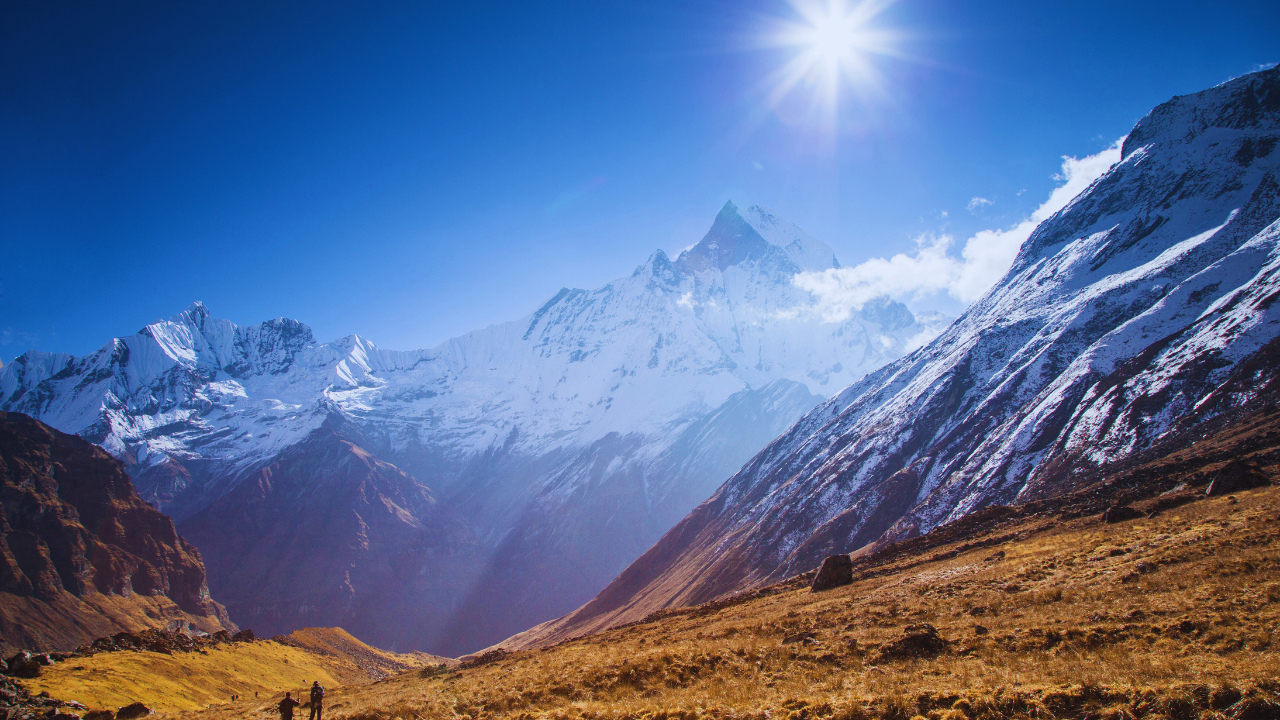
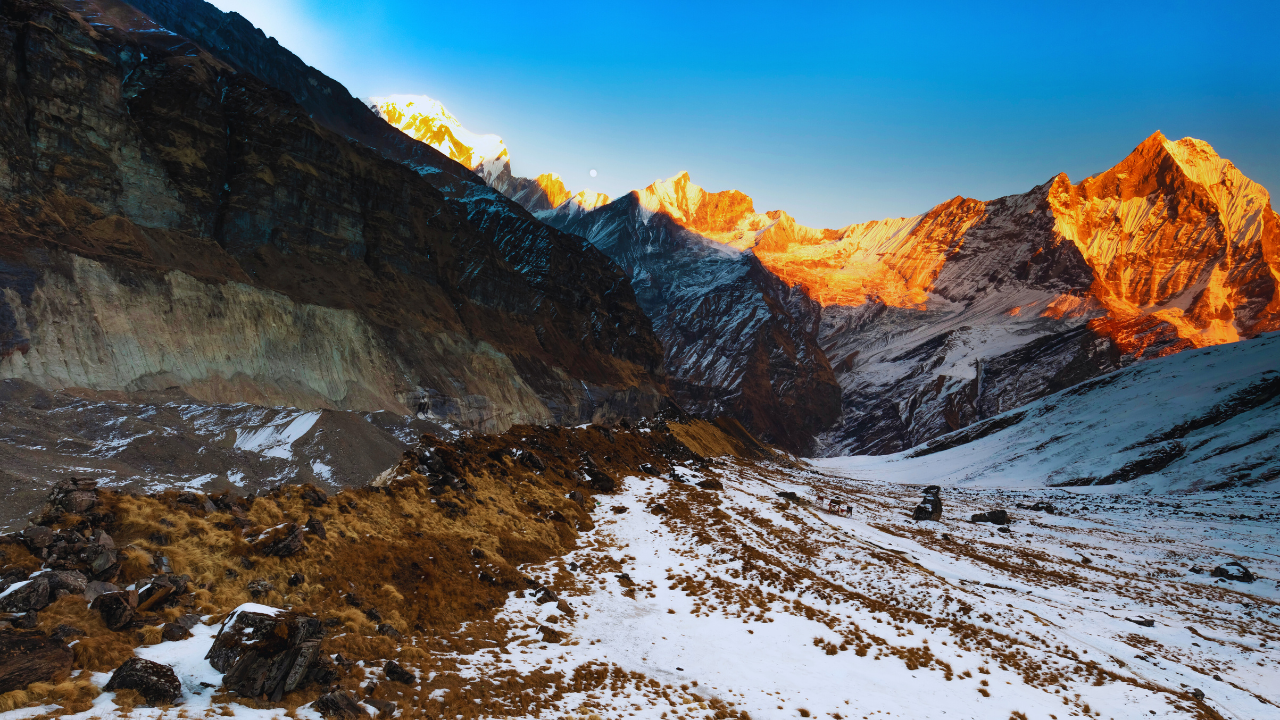
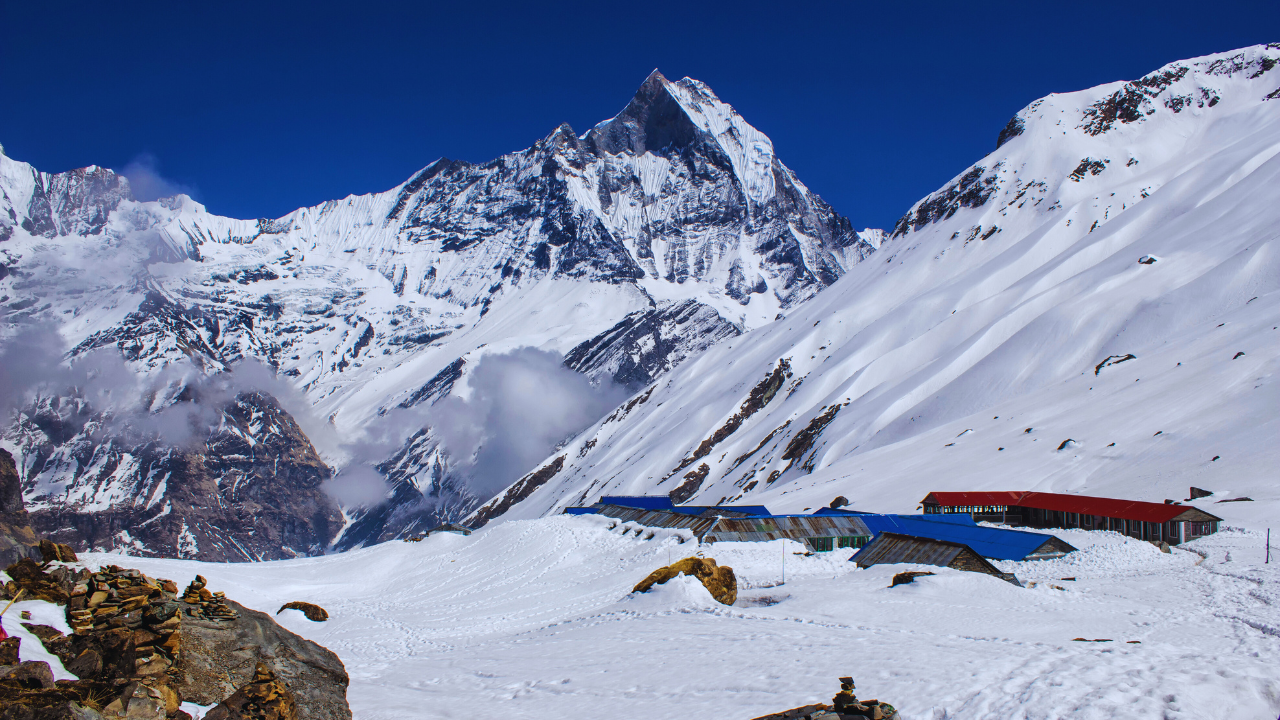
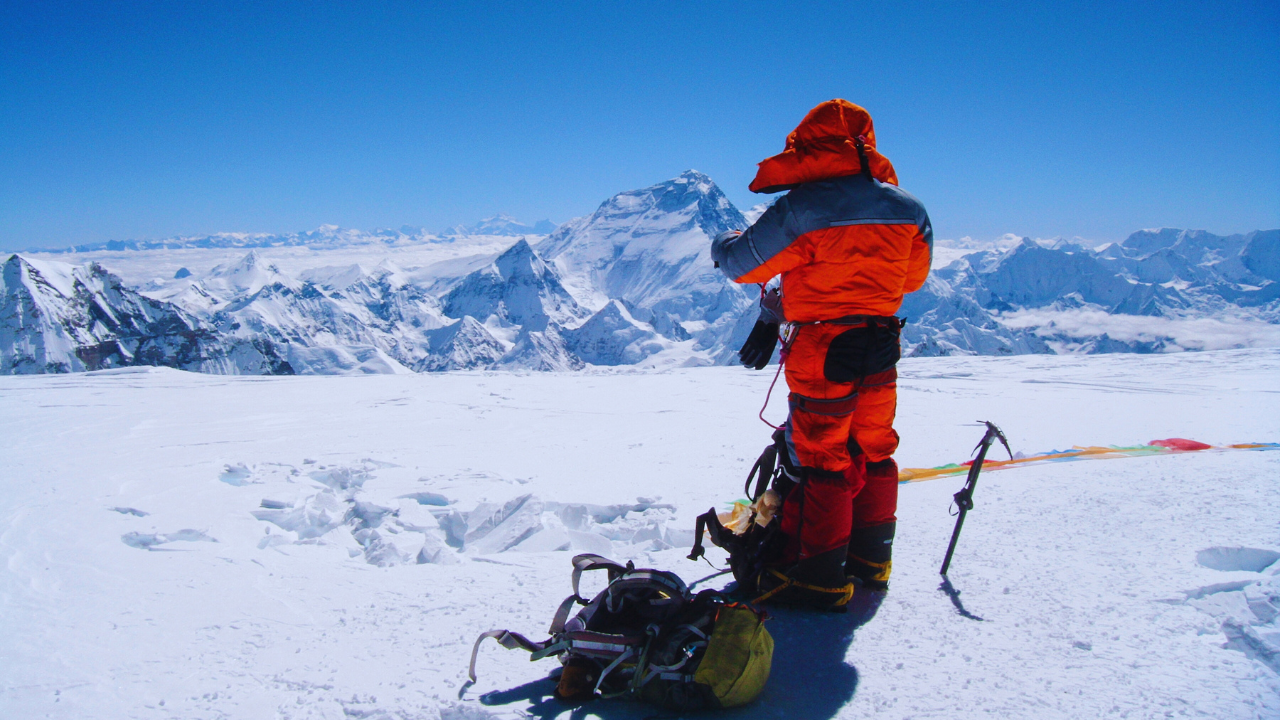
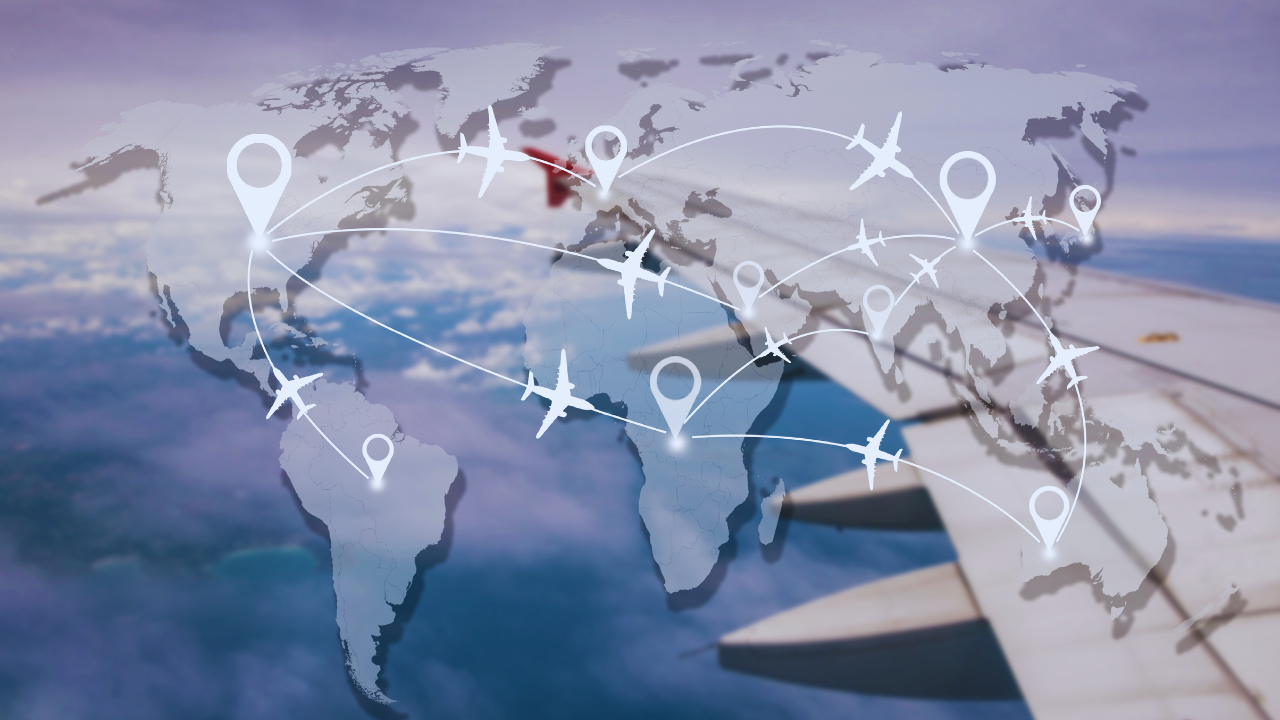

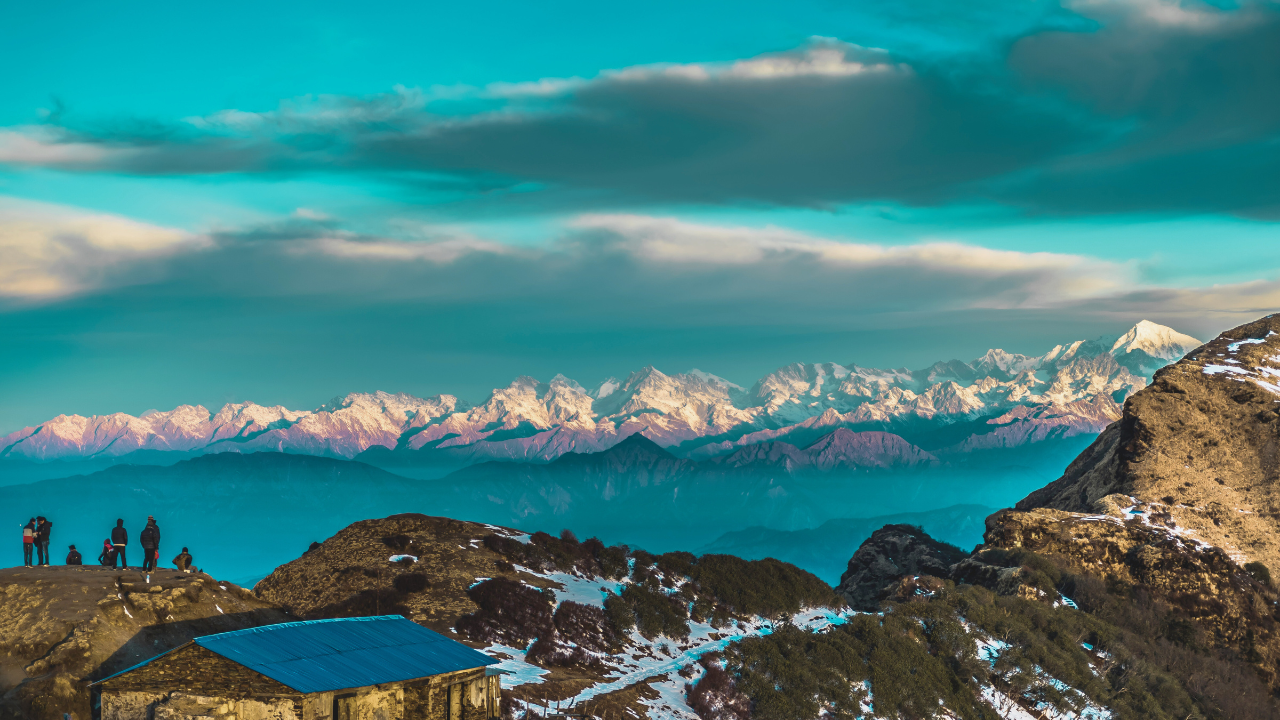








































Comments